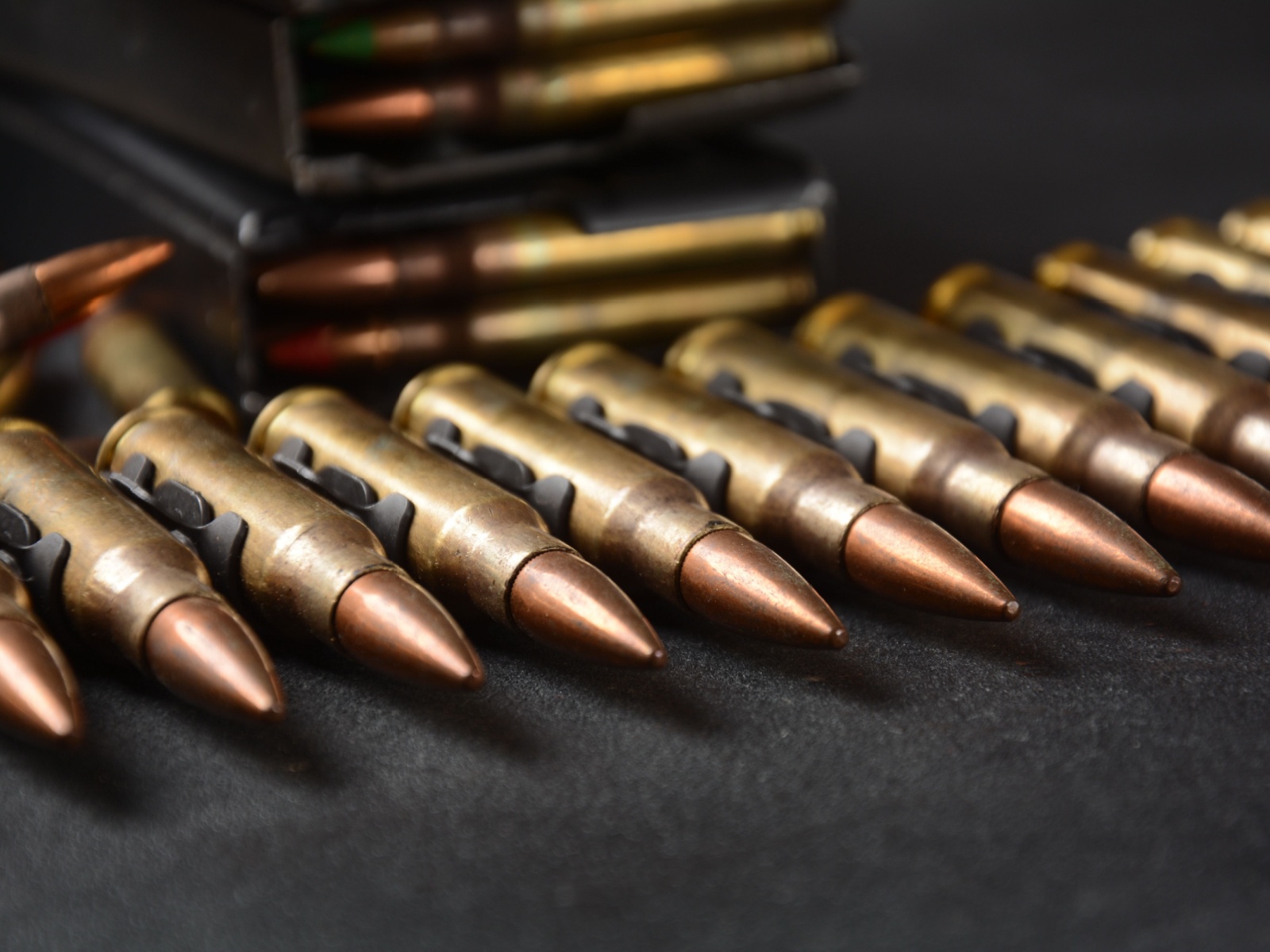EN 13237 Thermal Stability of Gun Propellants
The EN 13237 standard specifies a method for determining the thermal stability of gun propellants. This test is critical in ensuring that propellants do not degrade or exhibit dangerous reactions under extreme conditions, which could lead to malfunctions or safety issues during weapon operation.
Understanding the thermal stability of gun propellants is vital for military and defense applications where reliability and performance are paramount. The standard provides a standardized procedure to assess how propellant behaves when exposed to high temperatures over time. This information is crucial for the development, certification, and maintenance of firearms, rockets, and other explosive devices used in various sectors.
The test involves subjecting samples of gun propellant to controlled thermal environments according to specified temperature profiles. The objective is to observe any changes in physical or chemical properties that might indicate instability or degradation. Changes such as discoloration, gas evolution, or decomposition are carefully monitored and recorded.
Accurate testing ensures compliance with military standards and regulations, which helps prevent potential hazards on the battlefield. This information also supports continuous improvement efforts by identifying areas where formulations can be enhanced to meet operational demands more effectively. Proper thermal stability testing is essential for ensuring that propellants perform reliably under a wide range of environmental conditions.
The process involves precise sample preparation, including the use of standardized containers and temperature control equipment. Rigorous adherence to these procedures ensures consistency across multiple tests and laboratories, enhancing comparability results.
Compliance with EN 13237 not only enhances product safety but also contributes significantly to overall operational readiness by minimizing risks associated with weapon system failures due to material instability.
- Main Components: The standard specifies the required equipment, sample preparation methods, and temperature conditions for conducting thermal stability tests on gun propellants.
- Data Analysis: Results are analyzed using established criteria outlined in EN 13237 to determine whether a given batch of propellant meets specified performance standards.
The methodology described in this standard is widely recognized and utilized across the defense industry. It provides a reliable framework for assessing thermal stability, allowing manufacturers and researchers to make informed decisions about their products' suitability for military applications.
Why It Matters
The importance of EN 13237 cannot be overstated in the context of ensuring safety and reliability in military operations. The thermal stability of gun propellants directly affects weapon performance and crew safety during missions. Degradation or instability can lead to unpredictable behavior, including premature detonations or failures, which pose significant risks.
By adhering to this standard, organizations involved in the design, production, and maintenance of firearms and munitions can ensure that their products meet stringent quality control requirements set by regulatory bodies. This adherence builds trust among users who rely on these systems for critical tasks.
In addition to enhancing safety, compliance with EN 13237 fosters innovation within the sector by encouraging research into improved materials and formulations capable of maintaining stability over extended periods. Such advancements contribute positively towards reducing maintenance costs while increasing operational efficiency.
Overall, implementing this standard helps maintain high standards of quality in military testing labs worldwide, thereby contributing to global security objectives by promoting safer, more dependable weapon systems.
Scope and Methodology
The scope of EN 13237 encompasses the determination of thermal stability for gun propellants used in various military applications. This includes assessing how these materials behave under prolonged exposure to elevated temperatures without undergoing undesirable changes that could compromise their functionality or safety.
According to EN 13237, the test procedure involves placing samples into a controlled temperature environment where they remain for a specified duration. During this time, various parameters related to thermal stability are continuously monitored and recorded.
- Main Parameters: Key indicators include color change, weight loss, gas evolution rates, and changes in mechanical properties like tensile strength or hardness.
- Data Collection: Continuous monitoring throughout the entire testing period ensures accurate measurement of any deviations from expected behavior.
The methodology outlined in EN 13237 allows for consistent evaluation across different laboratories, providing reliable data that can be used to compare results between various batches or formulations. This consistency is crucial for ensuring accurate comparisons and informed decision-making processes within the industry.
Compliance with this standard ensures that all involved parties adhere to internationally accepted practices and procedures, fostering greater collaboration and standardization among participants in military testing laboratories globally.
Industry Applications
- Military Armament: Ensures safe storage and reliable performance of firearms during field operations.
- Rocket Propulsion Systems: Guarantees consistent ignition and sustained thrust throughout missions.
- Tactical Ammunition: Enhances reliability in critical situations where every shot counts.
The results of EN 13237 play a crucial role in validating the suitability of propellants for various military applications. By ensuring that these materials remain stable under extreme conditions, the standard supports safer and more effective operations on the battlefield.





